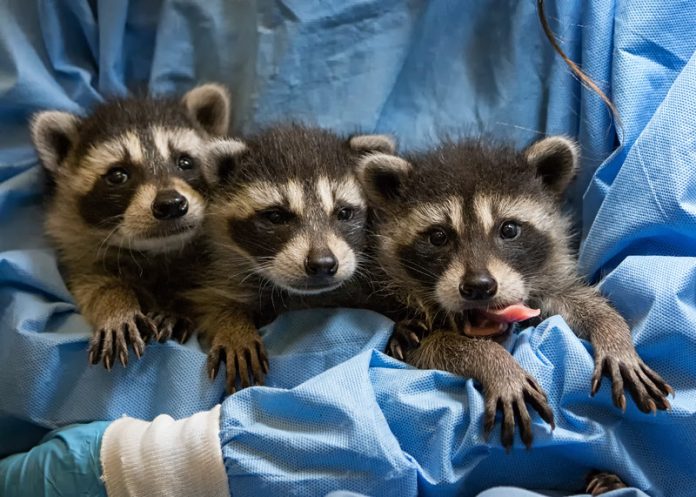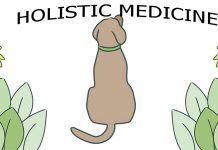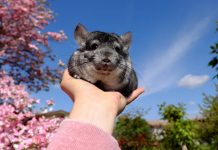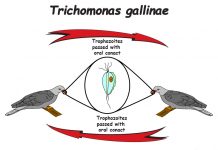Caring for sick, injured and orphaned wildlife seems a noble pursuit. But does it actually help the species or just the individual animal? Often it is the individual who gains the most. But habitat loss and other important environmental issues are often better understood when connected to individual animals. And, in the case of some endangered or threatened animals, saving an individual may help save a species.
Effects of Rehabilitation of Common Species
There are people all over the world who devote their time to caring for wildlife. Many got started on this path after finding an animal in need of help- a bird crashing into their window or an injured rabbit found beside a busy roadway might be the impetus.
Whatever the cause, the urge to help takes over. But for most common species of wildlife, the numbers of animals treated in wildlife rehabilitation facilities each year has no significant impact on the health of the population. In some cases, where rehabilitated animals are released back into an area where the population is already at carrying capacity, more harm than good is done.
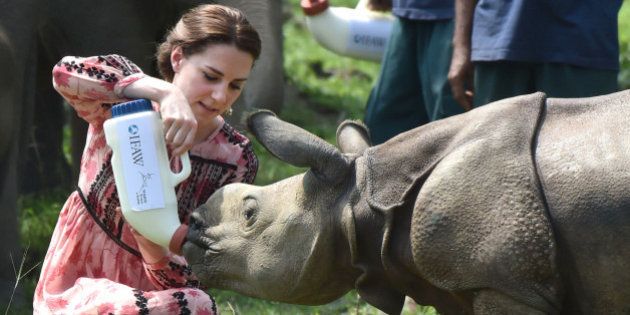
The individual animal may be forced into marginal habitat in an attempt to survive or it may starve or be killed by competitors. The welfare of the individual animal is not served, nor is the health of the species. The environment may suffer from impacts of the introduced animals, overgrazing or otherwise throwing the system out of balance.
If, however, a rehabilitated animal is returned to the wild with the appropriate survival skills, in an area where it has a good chance of succeeding, it can become an ambassador for wildlife and the environment. Using images of rehabilitated animals to link to areas that need protection, gives a place more meaning to the average person overwhelmed by environmental issues and causes. It becomes saving the place where they released the deer or bird that the neighbor found.
Rehabilitation of Endangered Species
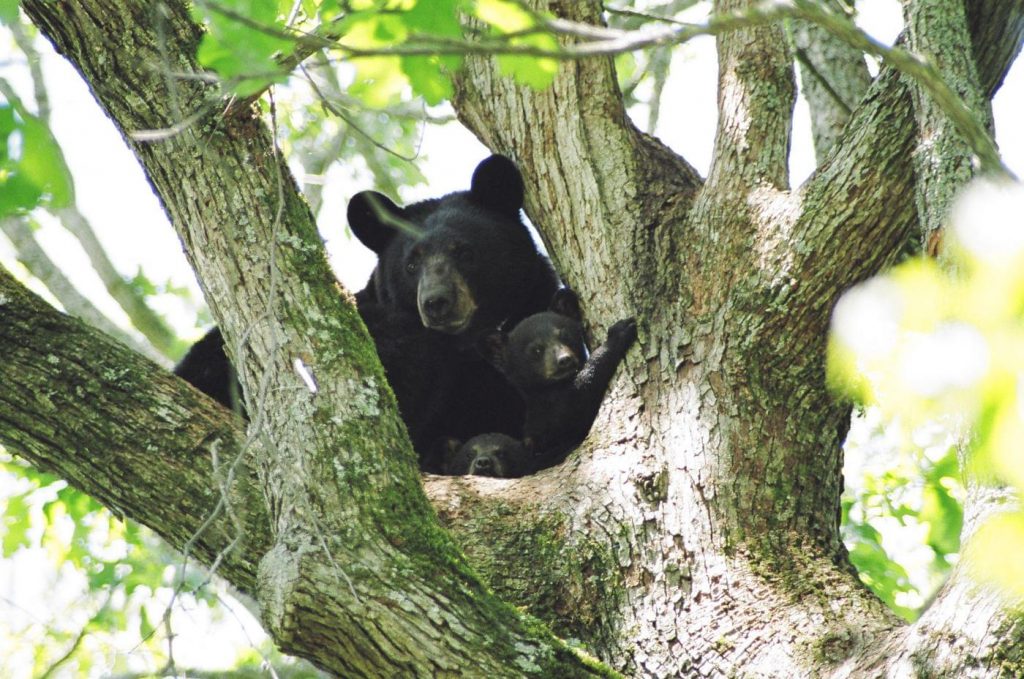
When it comes to endangered species, there is even more chance of helping. There are only 50 or fewer adult Florida panthers in the wild. Returning one animal increases the potential breeding population significantly. The important point here is that the rehabilitated animal must be capable of reintegrating into the population to reproduce.
Again, the publicity surrounding the release of a rehabilitated endangered animal back into the wild helps not only the species it enhances the protection of the environment the animal is released into. Wildlife rehabilitation can be a powerful tool in the effort to conserve habitat if attention is paid to ensuring that the animals released are capable of surviving and that the environment is able to support them.


